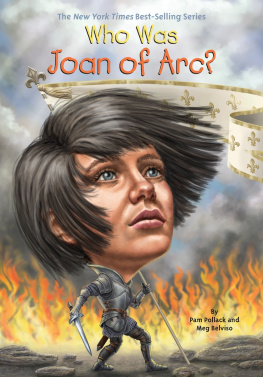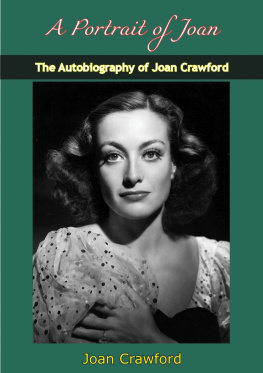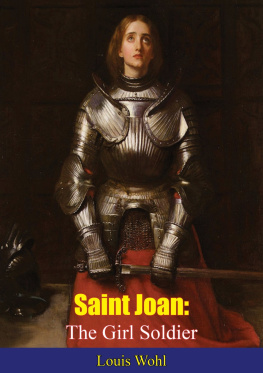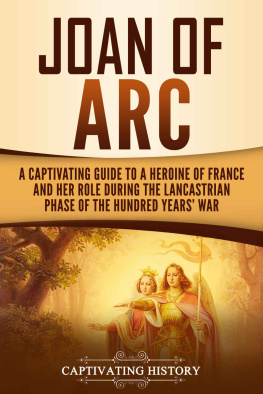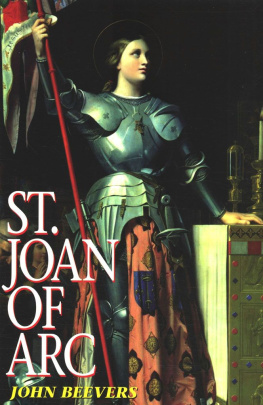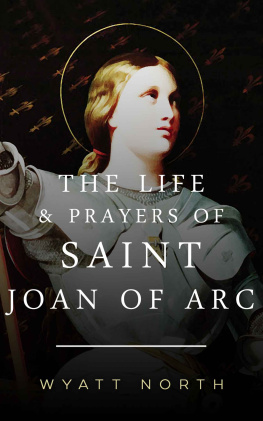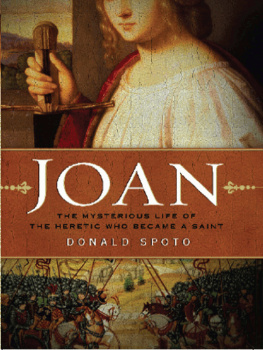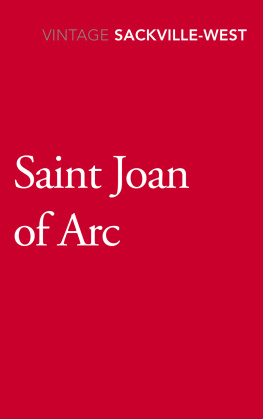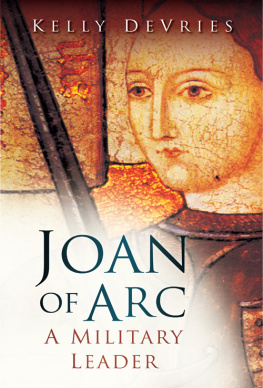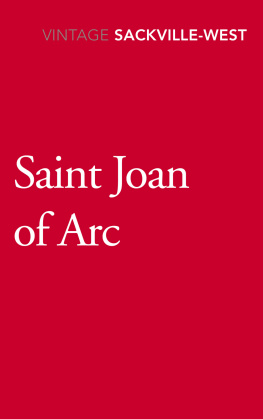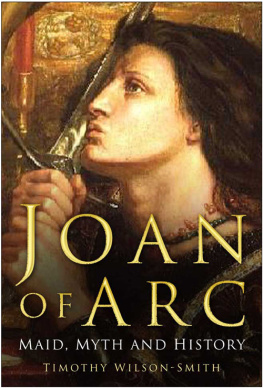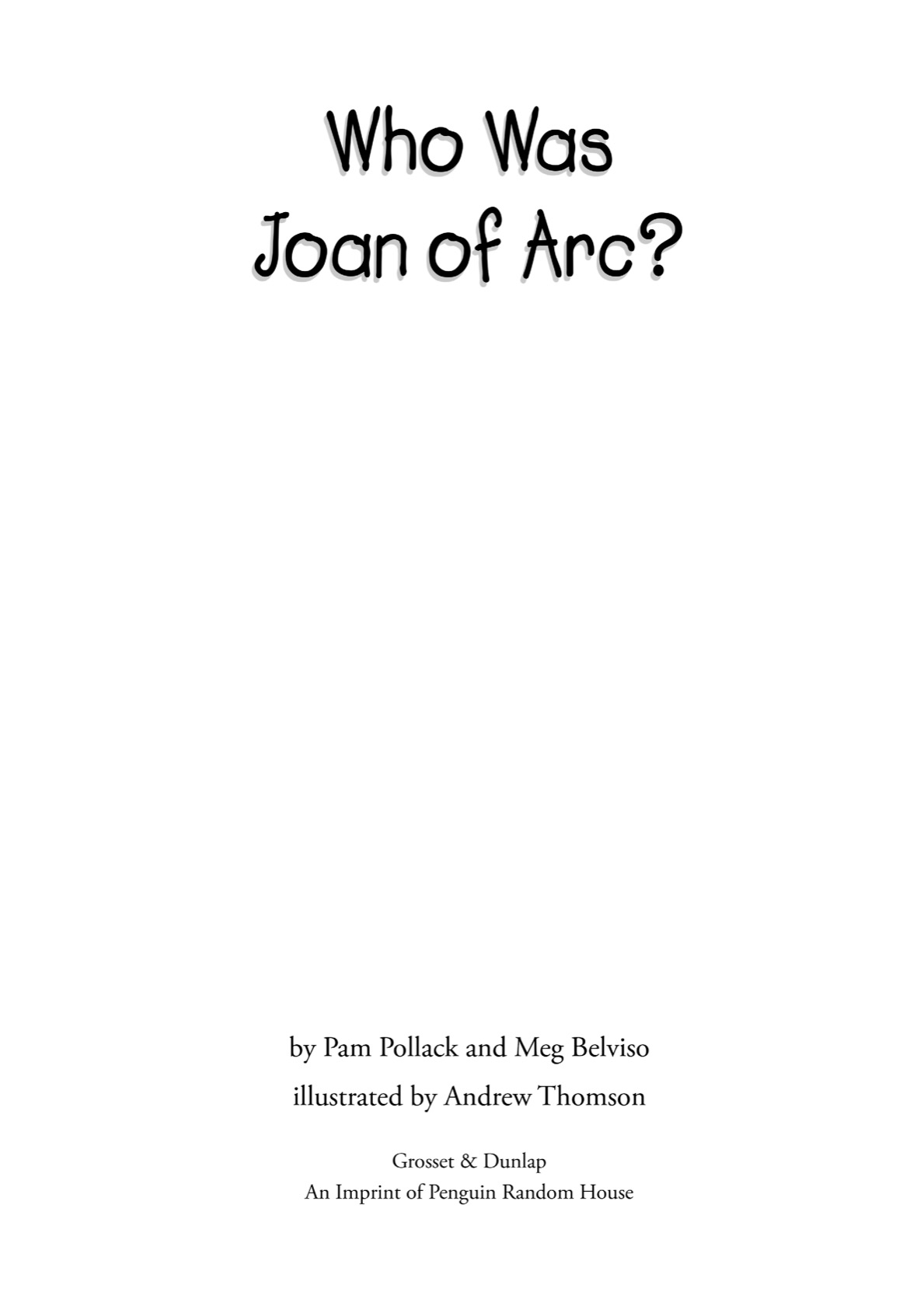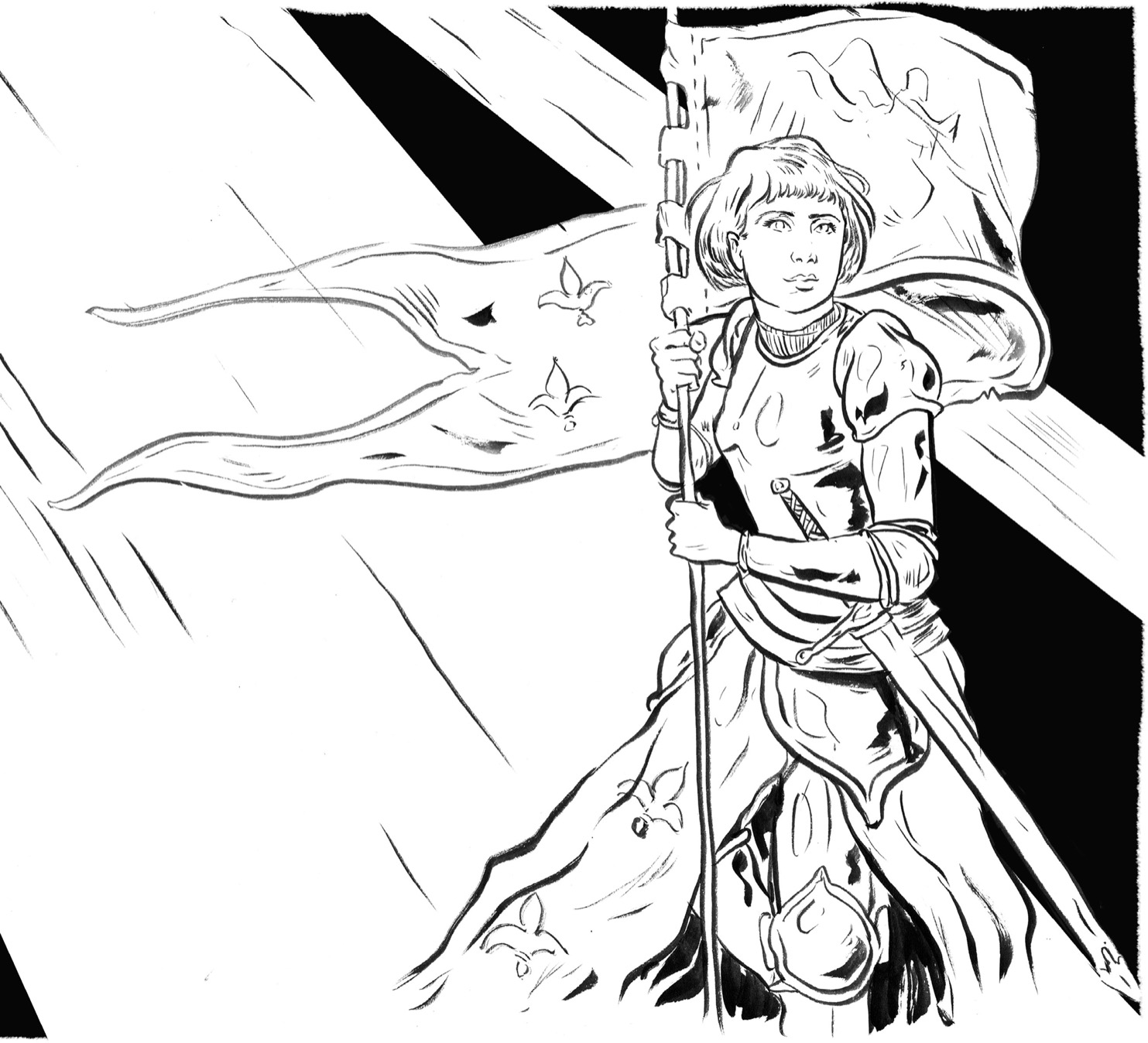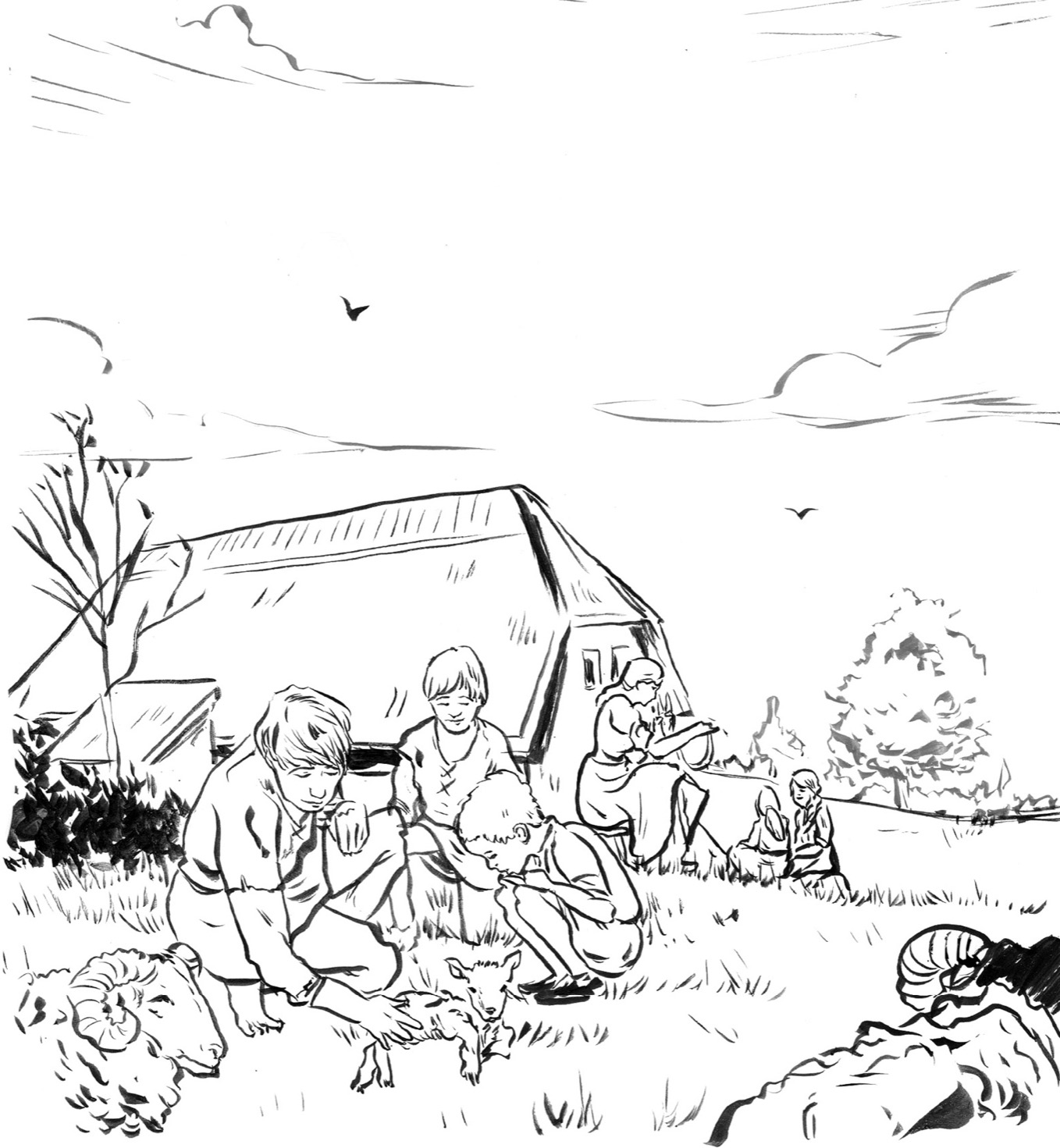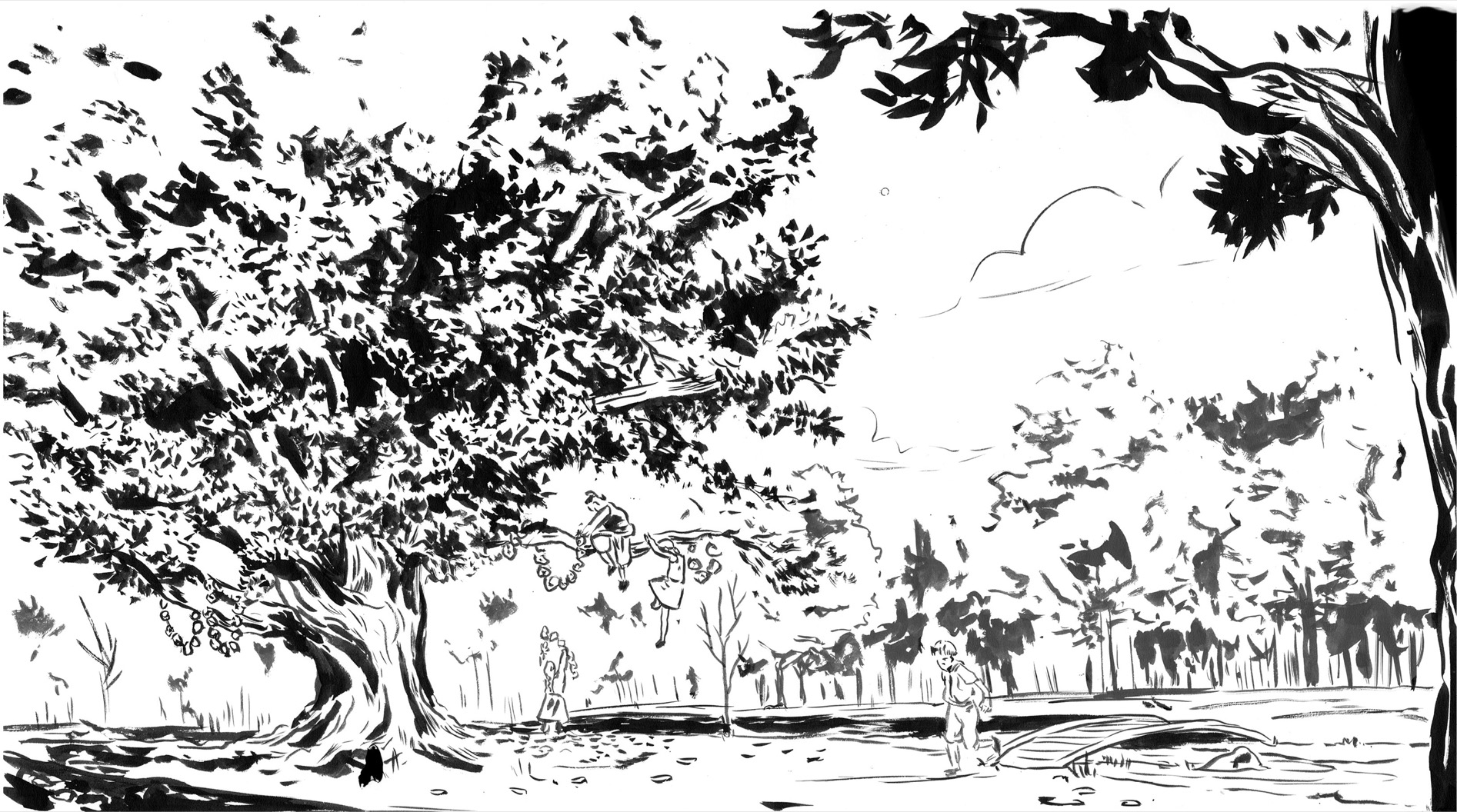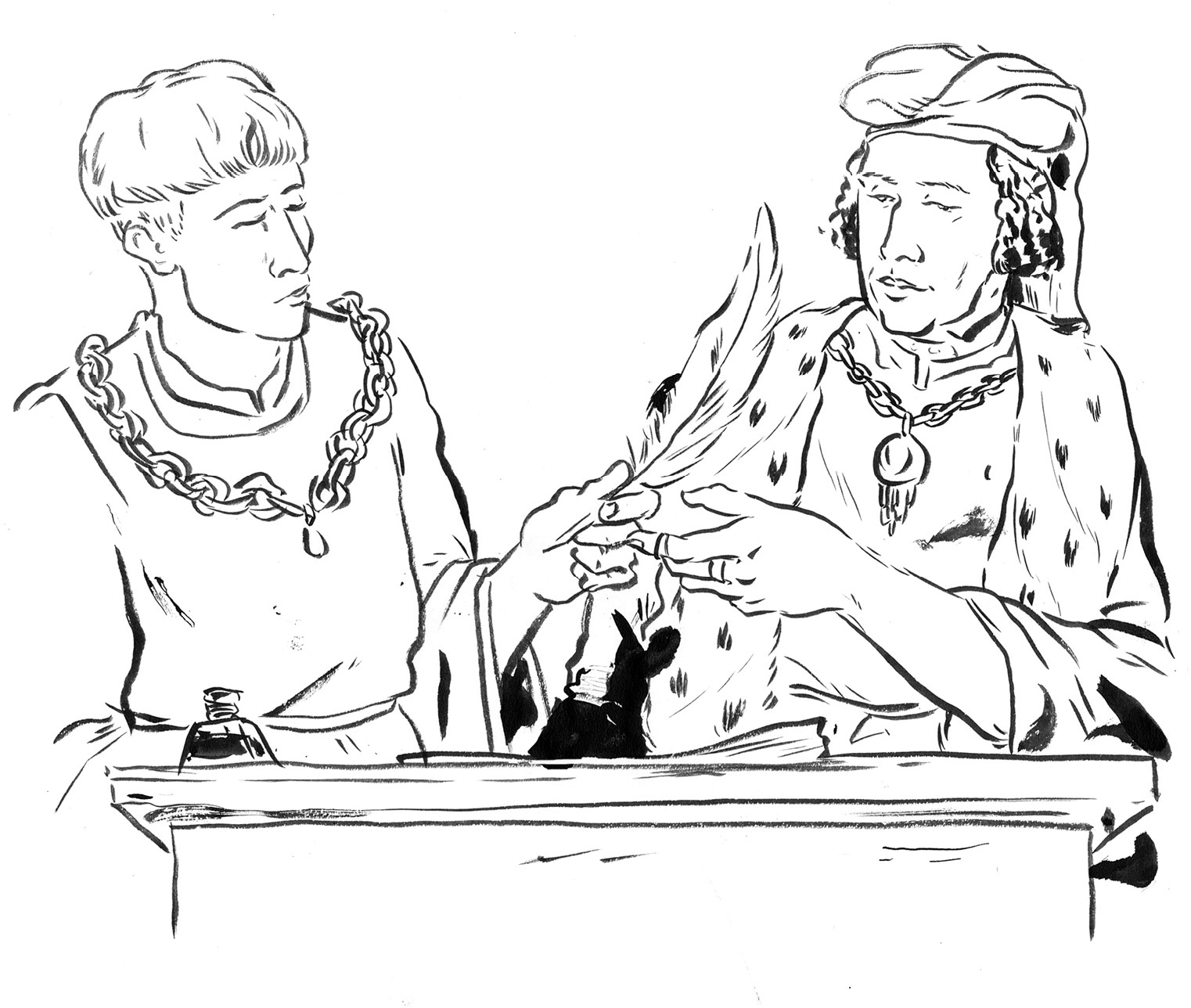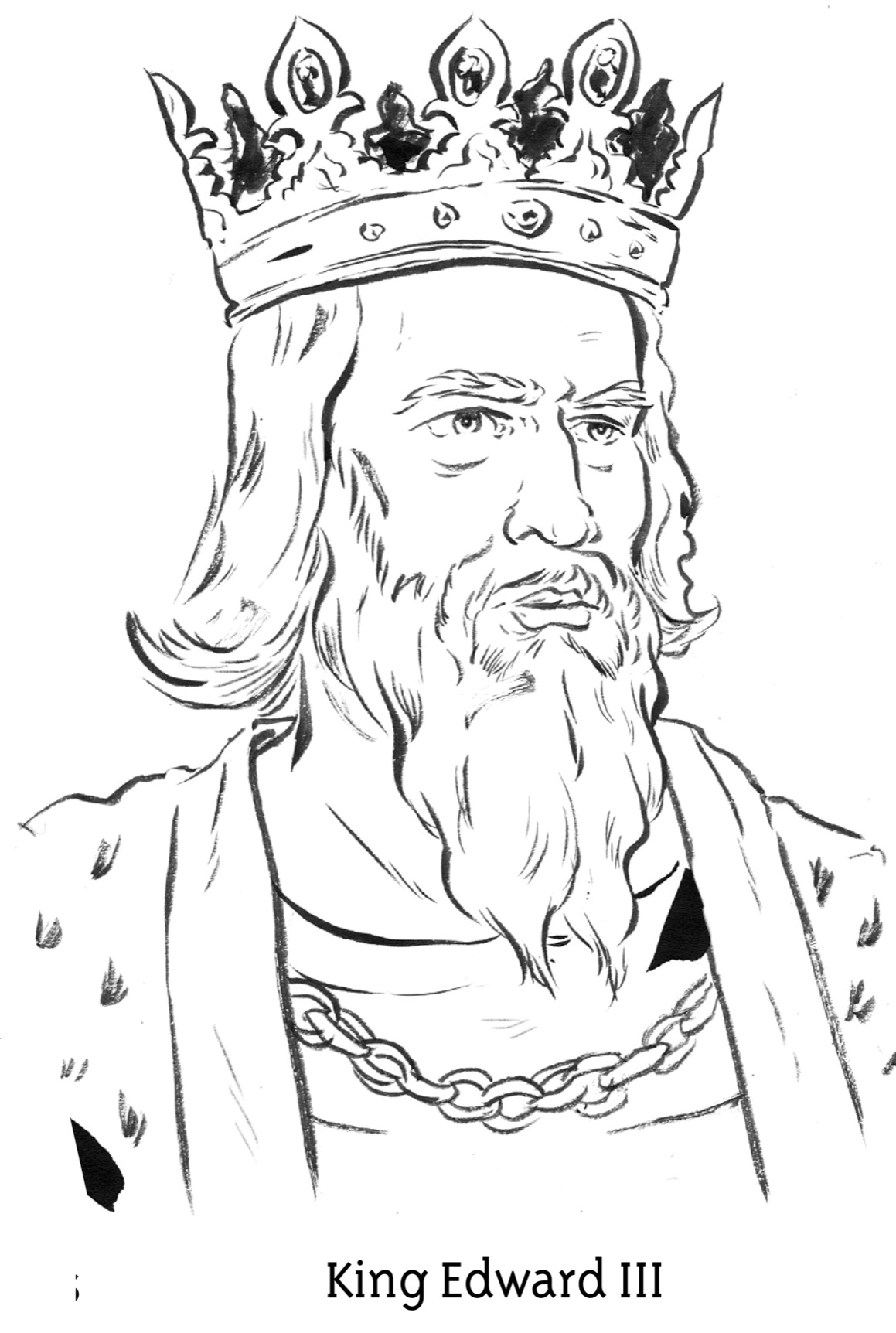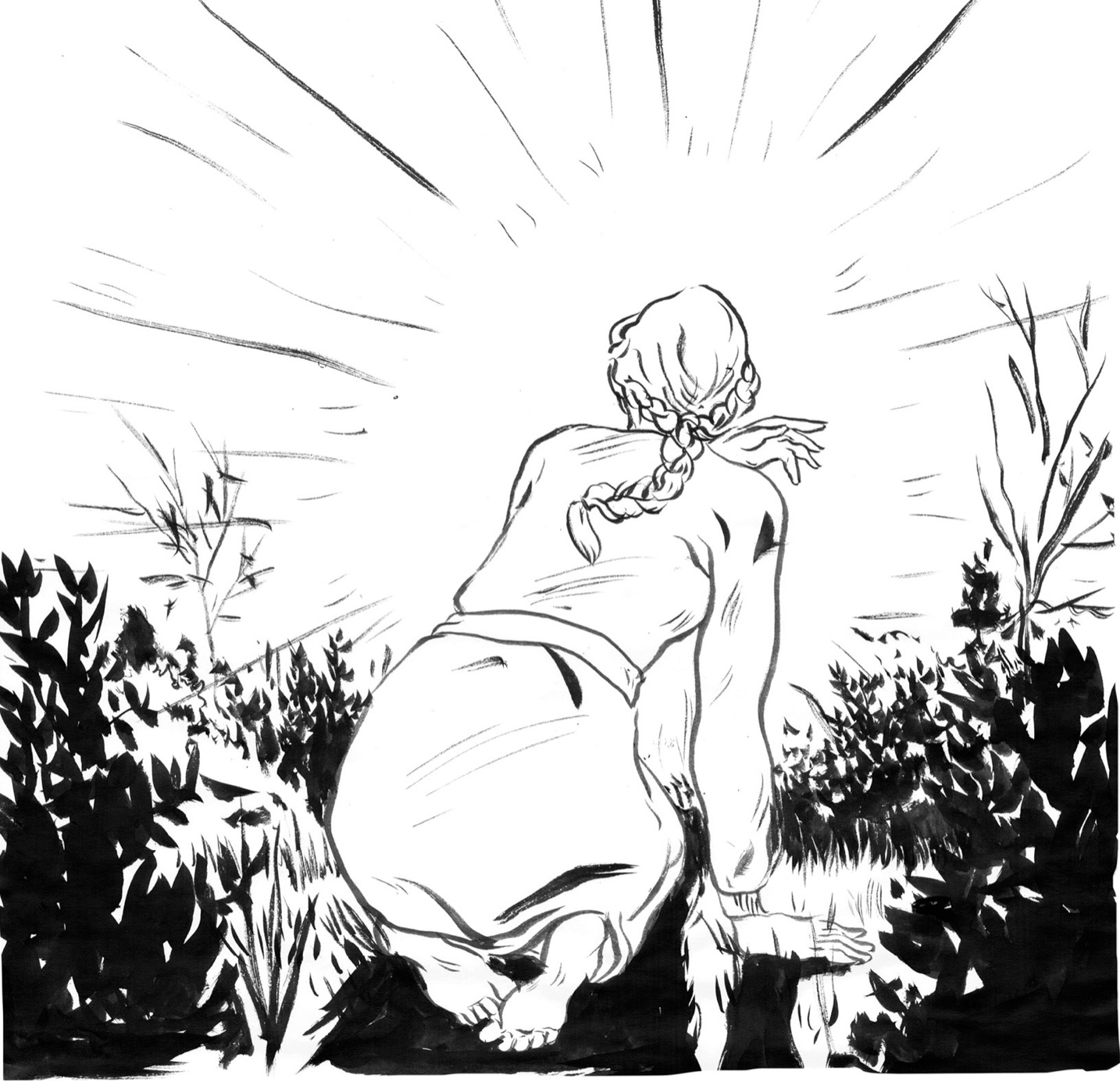To Anne Swain, Fearless LeaderPP
To everyone at Angels on EarthMB
For RhiaAT
GROSSET & DUNLAP
Penguin Young Readers Group
An Imprint of Penguin Random House LLC

Penguin supports copyright. Copyright fuels creativity, encourages diverse voices, promotes free speech, and creates a vibrant culture. Thank you for buying an authorized edition of this book and for complying with copyright laws by not reproducing, scanning, or distributing any part of it in any form without permission. You are supporting writers and allowing Penguin to continue to publish books for every reader.
Text copyright 2016 by Pam Pollack and Meg Belviso. Illustrations copyright 2016 by Penguin Random House LLC. All rights reserved. Published by Grosset & Dunlap, an imprint of Penguin Random House LLC, 345 Hudson Street, New York, New York 10014. GROSSET & DUNLAP is a trademark of Penguin Random House LLC.
Library of Congress Cataloging-in-Publication Data is available.
eBook ISBN 978-0-399-54294-7
Version_1
Who Was Joan of Arc?
English soldiers surrounded the great walls of Orlans (say: OR-lee-on), France. The people had been trapped inside the town without food for seven months. The English hoped that if they closed off the city long enough, the French citizens would open their gates and surrender.
France and England had been at war for as long as the people of Orlans could remember. The Duke of Orlans, the towns leader, had already been captured by the English. His half brother, John de Dunois, did his best to defend the town. But he couldnt drive the English away. The people of Orlans were beginning to lose hope. They were hungry. They thought of another siege ten years before in another French town. It had lasted a full year. The people of that city had been forced to eat cats, horses, and rats to survive. Eventually that city had surrendered. The people of Orlans didnt want to surrender, but what else could they do? We need a miracle, they said to one another.
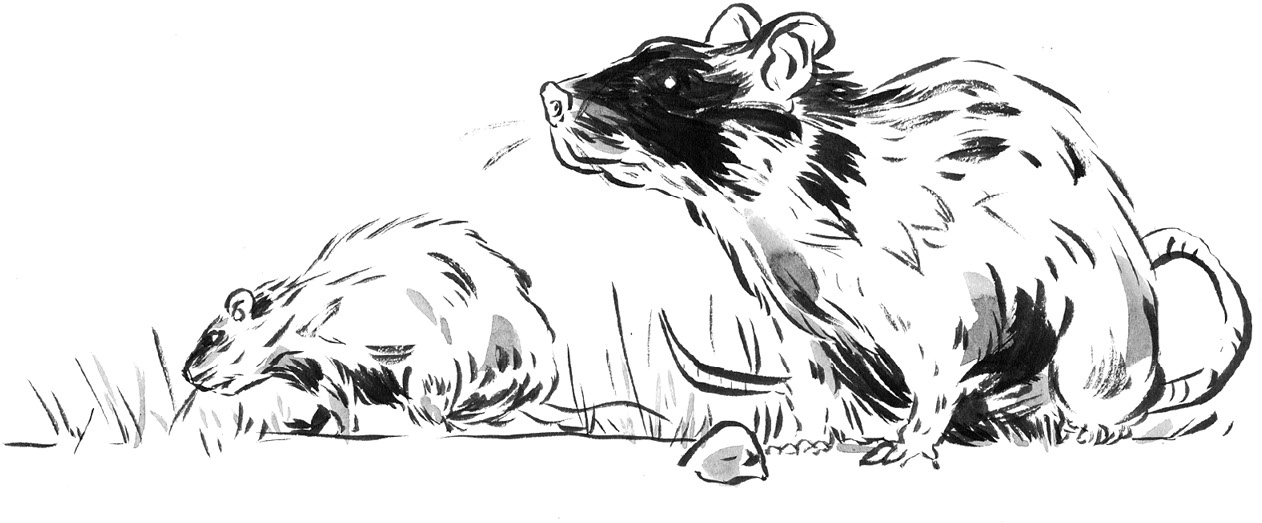
And maybe a miracle was coming! People who managed to sneak inside the gate of Orlans brought news of a very special peasant girl. She saw visions. She spoke to angels and saints. Her name was Joan of Arc. On April 29, 1429, the citizens of Orlans heard amazing news. Joan had arrived! She had slipped through an unguarded gate in the wall and entered the town. And she wasnt alone. She brought men who wanted to help, and wagonloads of food and farm animals. Hundreds of people ran to see her.
What they saw was a seventeen-year-old girl who wore her hair cut short and dressed like a boy. She wore a suit of armor specially made to fit her small frame. She carried a sword and a banner with angels on it. The banner read Jhesus Maria for Jesus and Mary. She was on a mission to save the town of Orlans.
When the people of Orlans looked at Joan, they saw an unlikely hero who they believed had been sent by God. With her sword at her side and her banner raised high, Joan was a living symbol of hope for the people of Orlansand for all of France.
CHAPTER 1
A Hundred Years of War
Joan of Arc was born in the village of Domrmy, France. It is believed that her birthday is January 6, 1412, but there is no official record. Her family called her Jehanne, but she eventually came to be known by the English form of her name: Joan. Joans father was Jacques dArc. Her mother was named Isabelle. Joan had three older brothers, Jacquemin, Jean, and Pierre, and a sister, Catherine.
As a girl in Domrmy, Joan was taught to sew and spin wool into yarn. Joan, her brothers, and her sister carried water from the village well to the house, and they helped care for the familys cattle and sheep. Like many of the other children in the village, she never learned to read or write. She dressed like an ordinary country girl of the time, in a simple dark red dress.
In the woods outside her village stood an old beech tree that was said to have once been the meeting spot for a fairy and the man she loved. Villagers called it the fairy tree. In springtime, boys and girls hung flowers there and danced. They said the stream nearby was magic and could cure illness.
Whatever magic beliefs there were in Domrmy, the official religion was Roman Catholicthe people were Christians. Joan was a good Catholic. She prayed every day and went to church every Sunday.
Life in Domrmy should have been peaceful, but the country was torn apart by war. In 1420, when Joan was eight, the French king, Charles VI, signed an agreement with Englands King Henry V. It said that Henrys sonwho was Charless grandsonwould rule both France and England. Many French people felt betrayed by the treaty. They did not want an English kingeven one who was part Frenchto rule them. They believed their true king was Charles VIs own son Charles, whom they called the dauphin (say: doe-FAN). But not all French people liked the dauphin. Some wanted to be ruled by the English king. When Charles VI died in 1422, everyone fought over who was the true king.
Growing up, Joan saw many boys from Domrmy fight with boys from the neighboring towns over who should win the war and who should rule France.
Hundred Years War
In 1328, Charles IV, the king of France, died without any children to inherit his crown. The empty throne soon became a prize to fight over. The English king, Edward III, claimed that he should rule France because he was the nephew of the dead king. But the French chose a cousin of Charles instead. England declared war on France, and the two countries would continue to fight on and off for decades. The Hundred Years War, as it was called, lasted from 1337 to 1453.
One day in 1425, thirteen-year-old Joan was working in her familys garden. She heard someone speak her name. When she turned to see who it was, she saw only a bright light. Joan was terrified! She ran away. Not long after, the voice returned. By the third time she heard the voice, Joan was certain who it was: It was an angel. It was Michael, the archangel, who led Gods armies in heaven. Saint Michael was considered to be the guardian angel of Domrmy.

